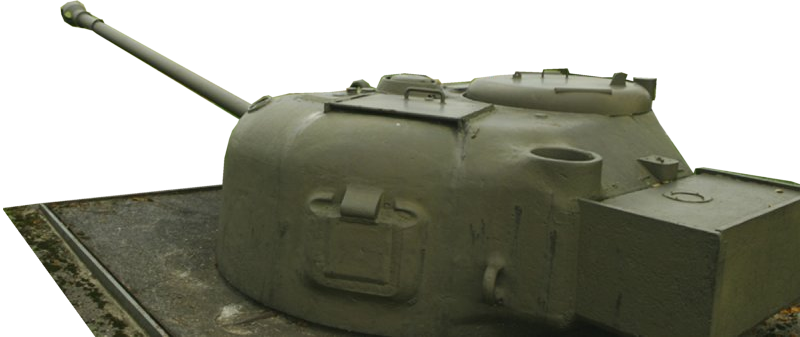Welcome
The IJssel Line in Olst/Welsum was established in the beginning of the 1950s, intended to delay an attack by the Warsaw Pact (Soviet-Union and allies), thereby providing the time needed for NATO partners to provide additional military support, principally from the United States and Great Britain. In Western Europa there was a great fear of the Russians. The Red Army was ten times larger than the NATO forces in Europe and many Soviet divisions were stationed nearby in East Germany and Poland. West Germany borders on East Germany and Poland but as a consequence of World War II was not allowed for a number of years to maintain its own standing army.
The key element of the IJssel Line were three movable floating dams (90 meters long at Olst and Arnhem and 240 meters at Nijmegen) with which the normal flows through the IJssel River could be blocked off to create a long and narrow shallow inland sea in the IJssel River Valley. The three dams, together with transverse dikes across the river wash lands, formed an enormous steel construction with which the IJssel River water could be dammed up in the event of a threat of war.
The water reservoirs created by the dams could then be released inside the protective winter dikes by means of water intake works, large sluices that could be opened to set huge areas of land under
water, forming an obstacle five to ten kilometers wide. The intention was to delay a Red Army advance by one to two weeks.
In order to create a 126 kilometer long water barrier along the IJssel (from Arnhem to Kampen) and a section of the Rhine River (from Lobith to Arnhem) an enormous amount of water was needed. By damming the Waal River near Nijmegen and the Lower Rhine River near Arnhem/Oosterbeek it was possible using the water flowing into the Netherlands at Lobith to inundate the entire IJssel Valley.
Fortunately, the IJssel Line plans were never needed to be fully implemented. However, on three occasions, preparations were made to sink the dams into position for flooding in anticipation of a possible conflict:
in 1956 during the Hungarian Uprising against the Soviet regime;
in 1961 during construction of the Berlin Wall; and,
in 1962 during the Cuban missile crisis.
In all three cases the nearly 70 bunkers in Olst/Welsum were fully manned and supplied to defend the floating dam.
During the 1960s the IJssel Line gradually lost its importance and was expensive to maintain. In the meantime, West Germany had become a member NATO (1955) and began rebuilding a military force. The NATO line of defence was relocated to the Weser River, thereby making the IJssel Line superfluous. During the second half of the 1960s, approximately half of the defence works in Olst/Welsum were dismantled. A number of the remaining elements can be visited by the public. None of the remaining elements at Nijmegen and Arnhem are open to the public. The IJssel Line was built in the 1950s under the most secret circumstances possible. Hardly any military officers or elected officials knew the details of what was intended with the IJssel Line. The parliament and the more than 400,000 valley residents who would have had to evacuate if the IJssel Valley were flooded knew nothing about the plans. Only in 1990 was the secrecy surrounding the IJssel Line removed.














